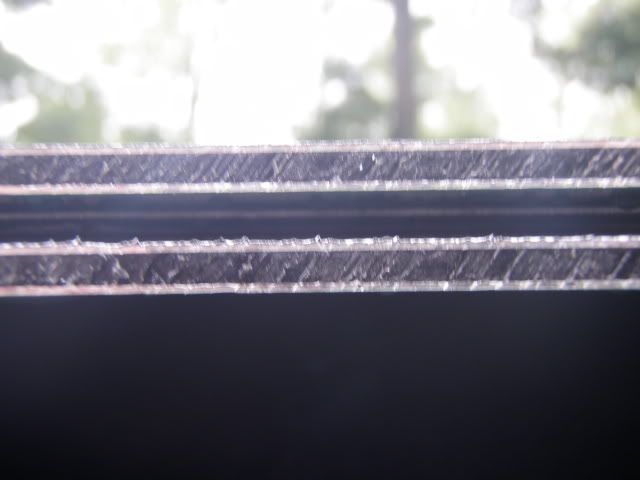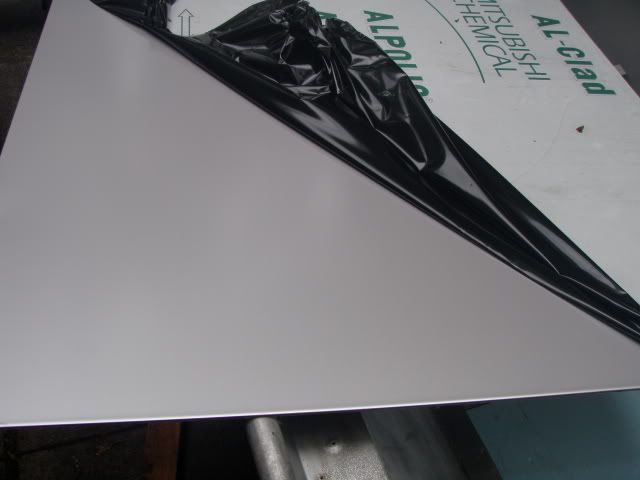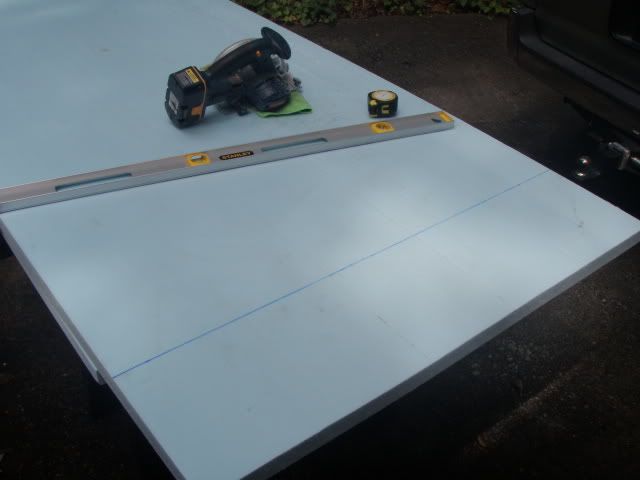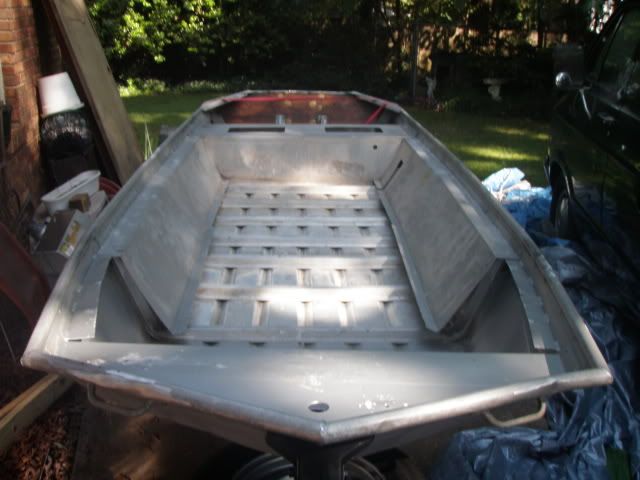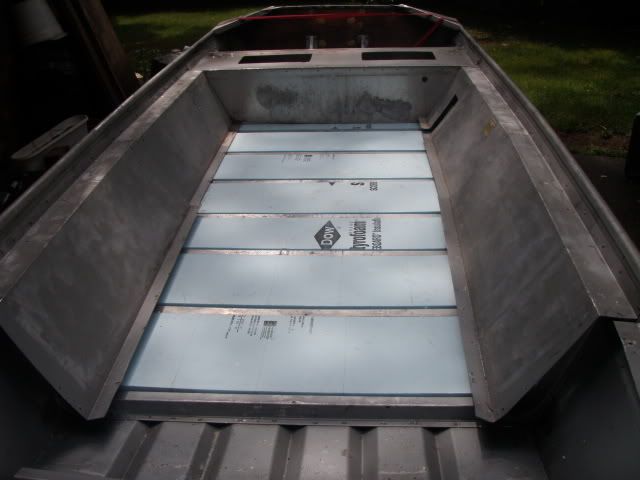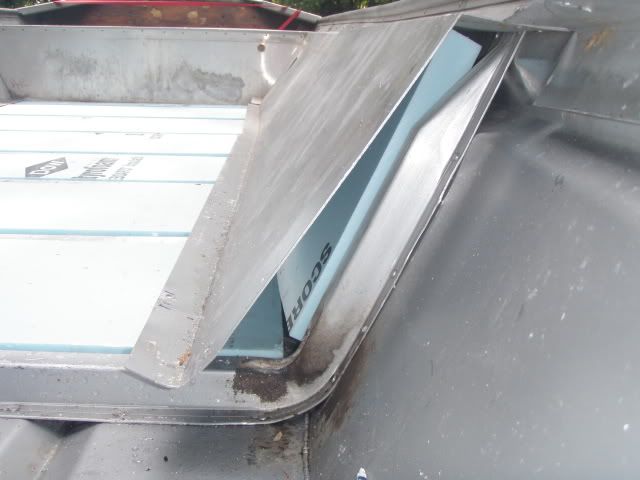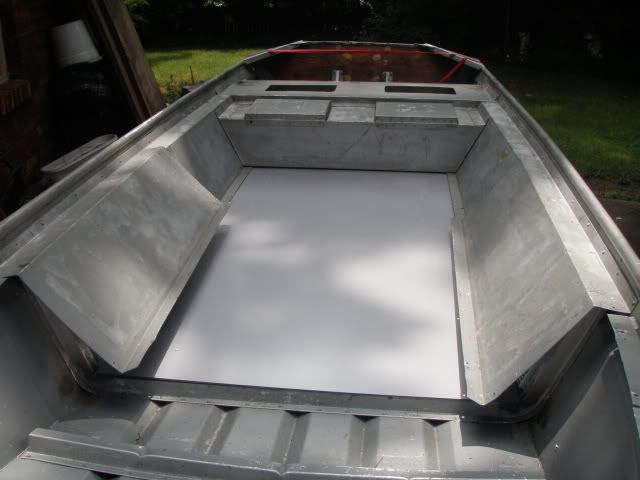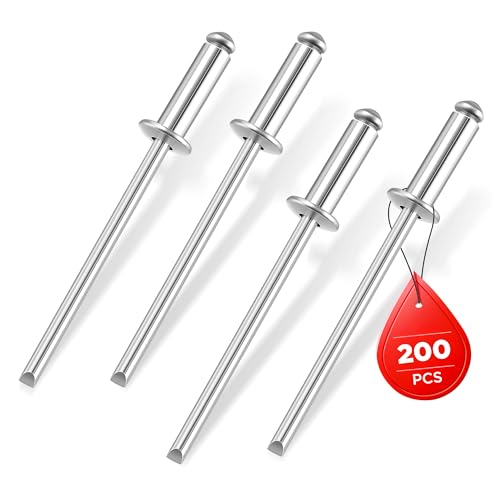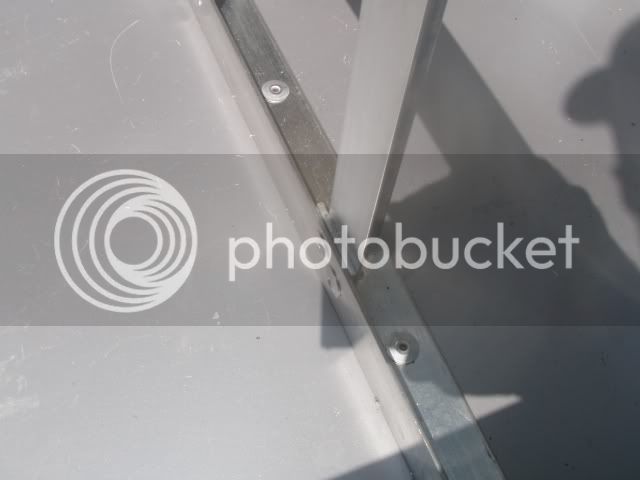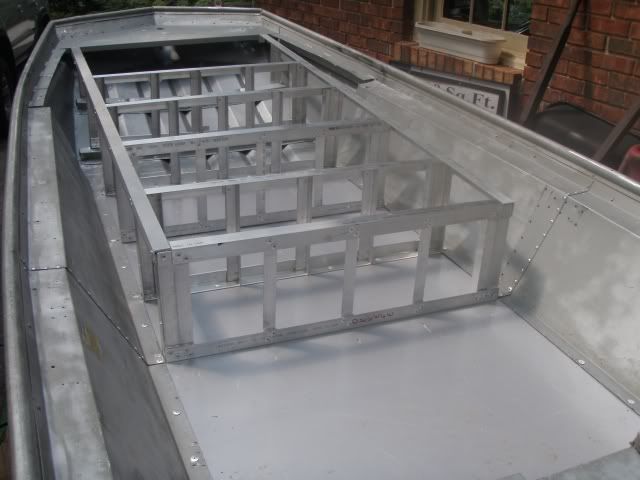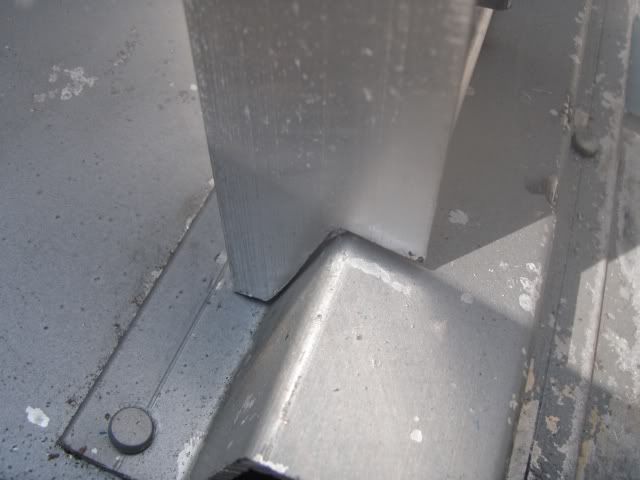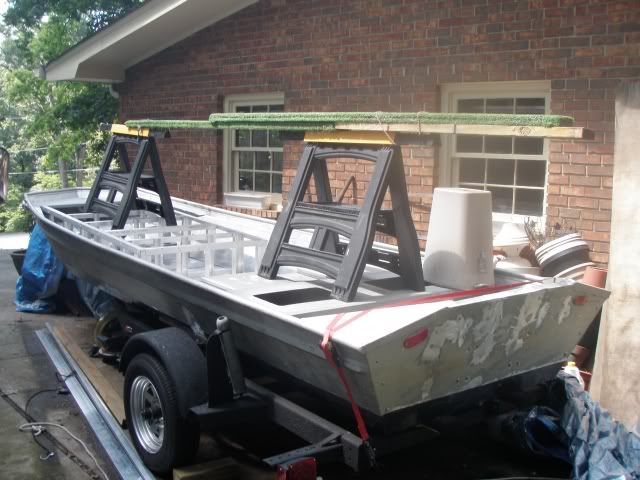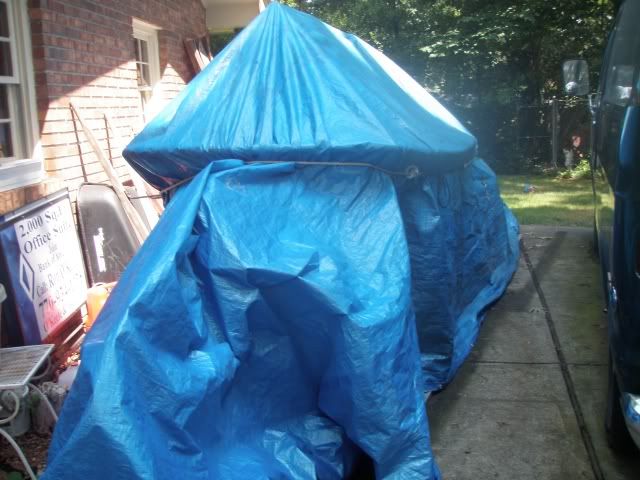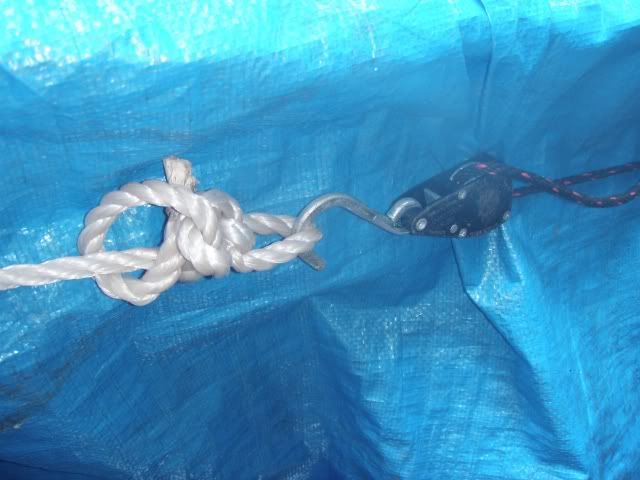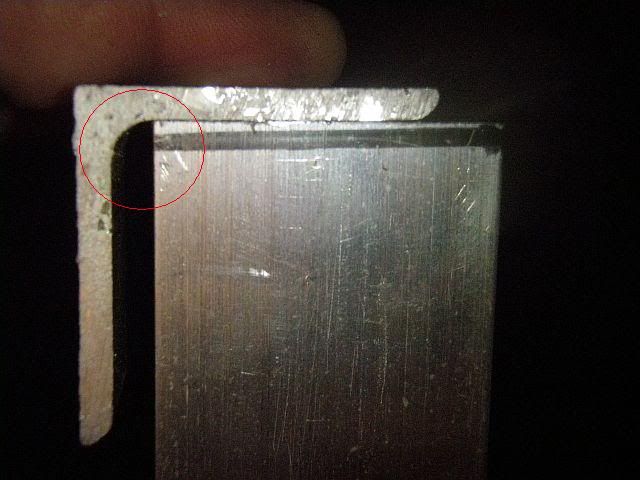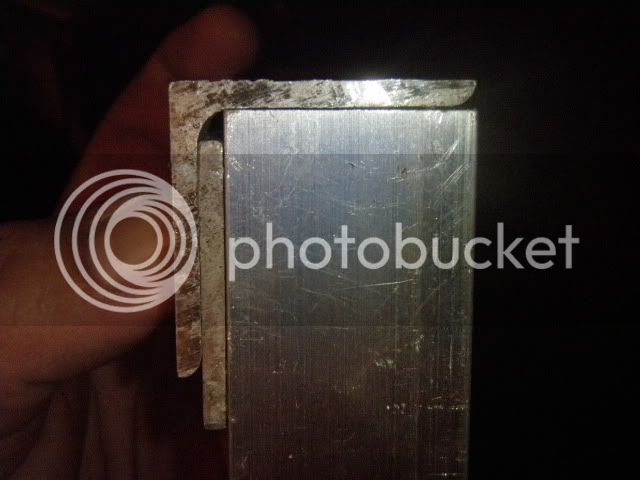Really bad when you start thinking about hatch layouts on a DAILY basis

Not sure how many hours I've logged on the subframe, but I would guess around 40. Yes,
FORTY. That doesn't take into account the trips to the metal market, and the hardware store for rivets, then back to the metal market for different metal, then back to the hardware store for different rivets, then BACK TO THE HARDWARE STORE FOR MORE RIVETS..... #-o
On to the build...
First thing I did was rivet 1.5 x 1.5 angle crosswise through the ACM panel and into each rib. Had I used .125 aluminum sheet, I assume I would have skipped this part, but because I used the ACM, I didn't want to risk cracking the panel by having the uprights sit directly on it.
As I mentioned in a previous post, I soon realized that I would have to use a spacer to allow the angle to be connected at right angles with a tight fit.
Here is a pic of said spacer x 2/each vertical x 49 = 98 of these little pain in the necks...Hence a trip to hardware store for longer rivets...
Of course, when you try to use 1.5 angle as your vertical with a .125 spacer on the back, it makes all your verticals stick out from the crosswise pieces by .25, therefore, one of my return trips to the metal market was to get sticks of 1.25 x 1.25 to use as my verticals while all the pieces that run crosswise are 1.5.
cont....



